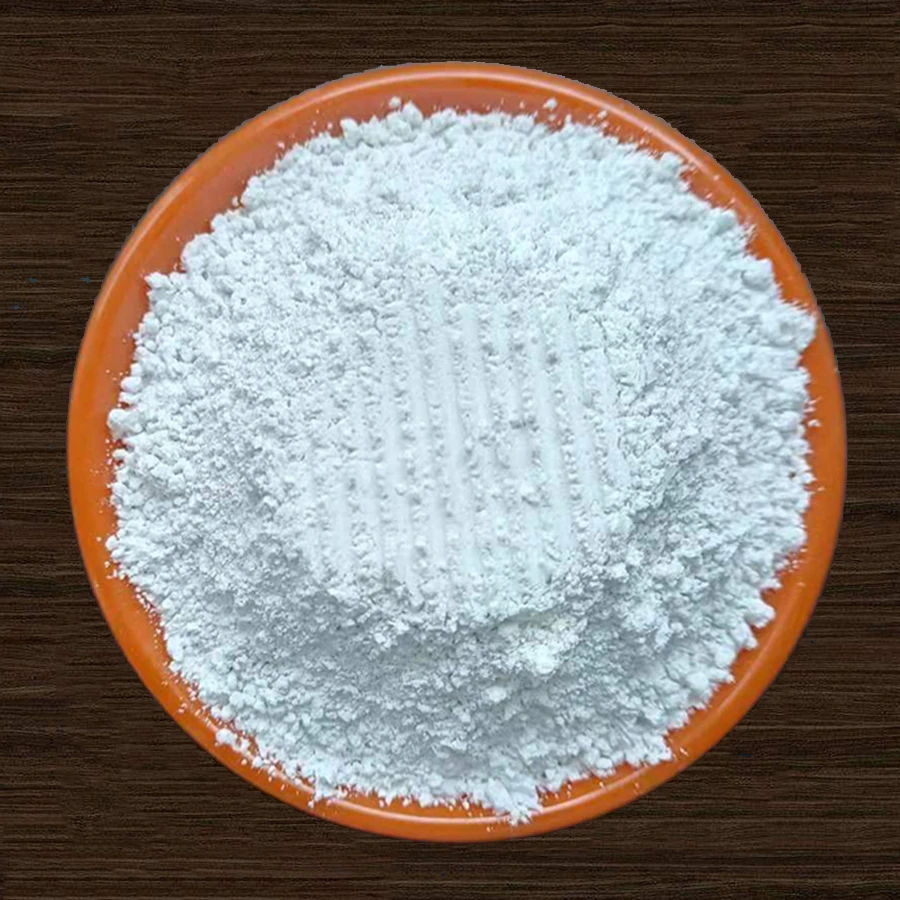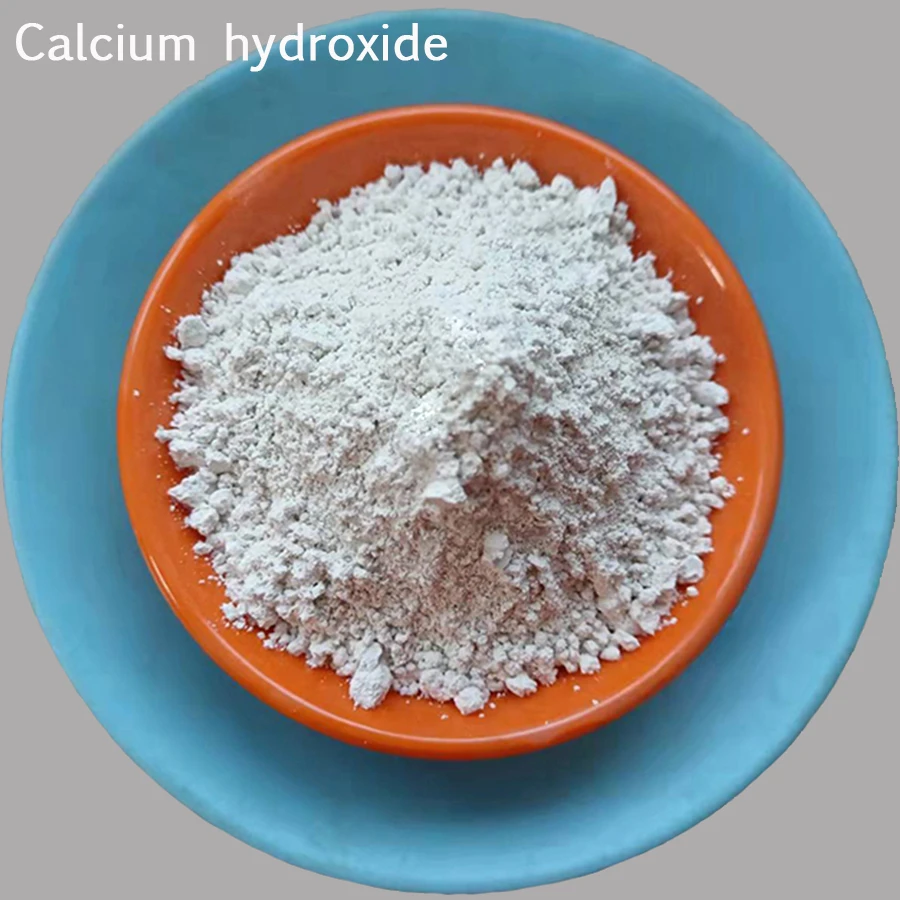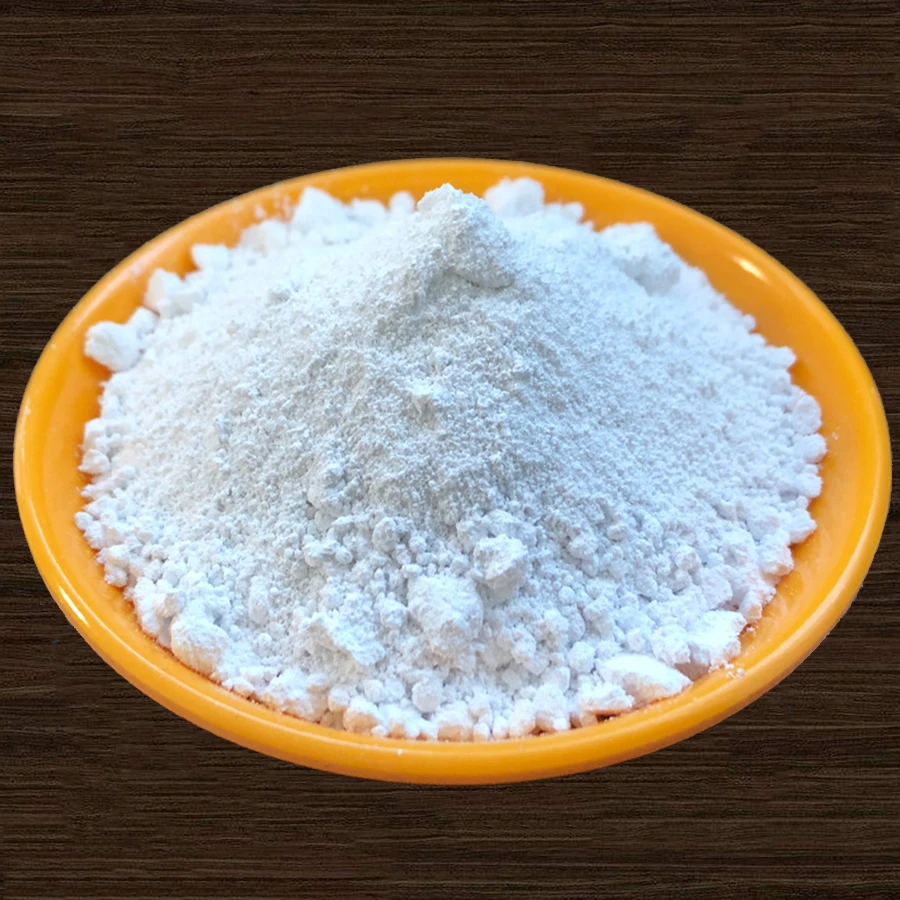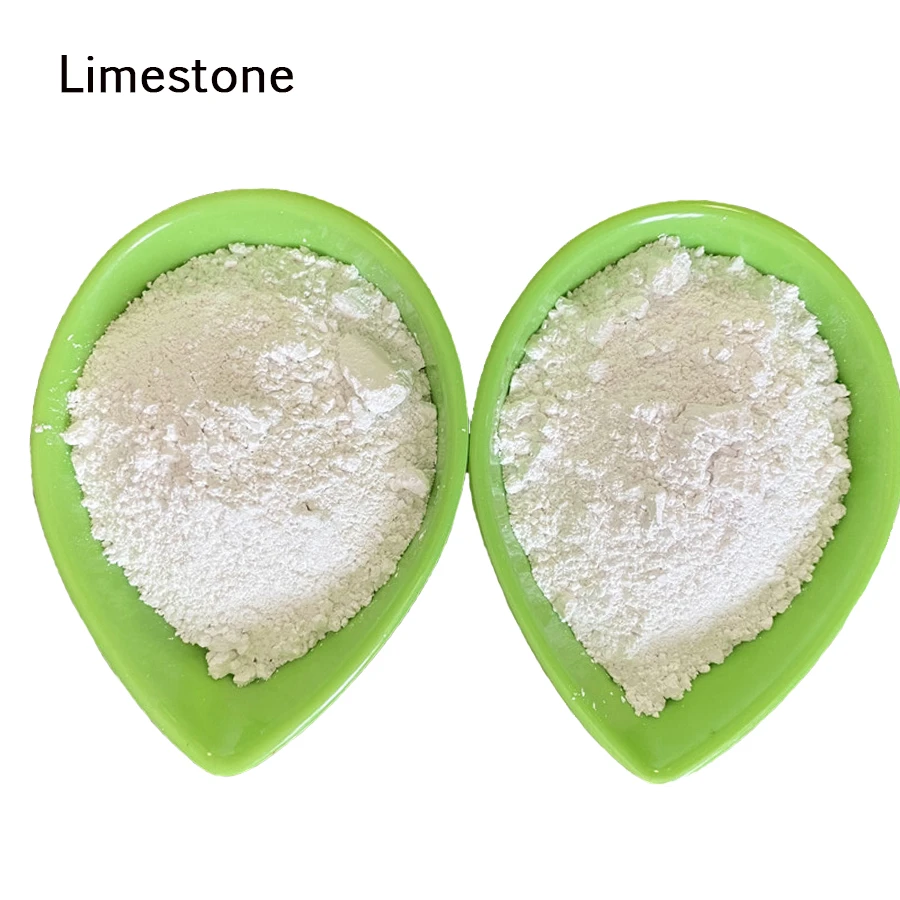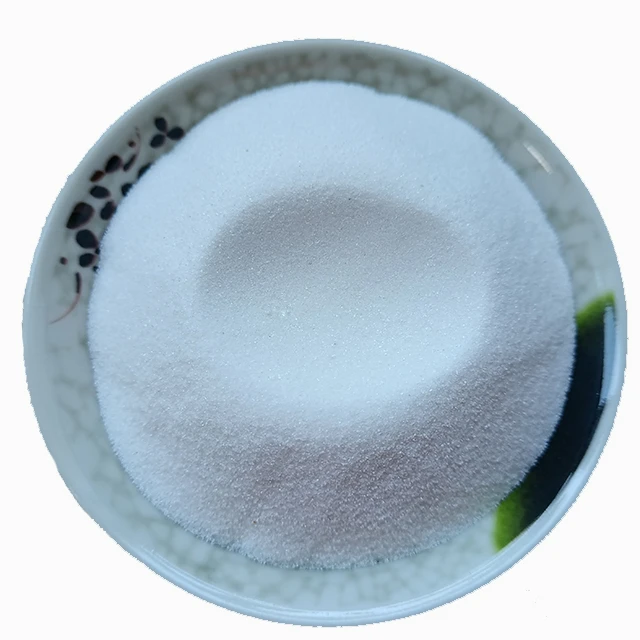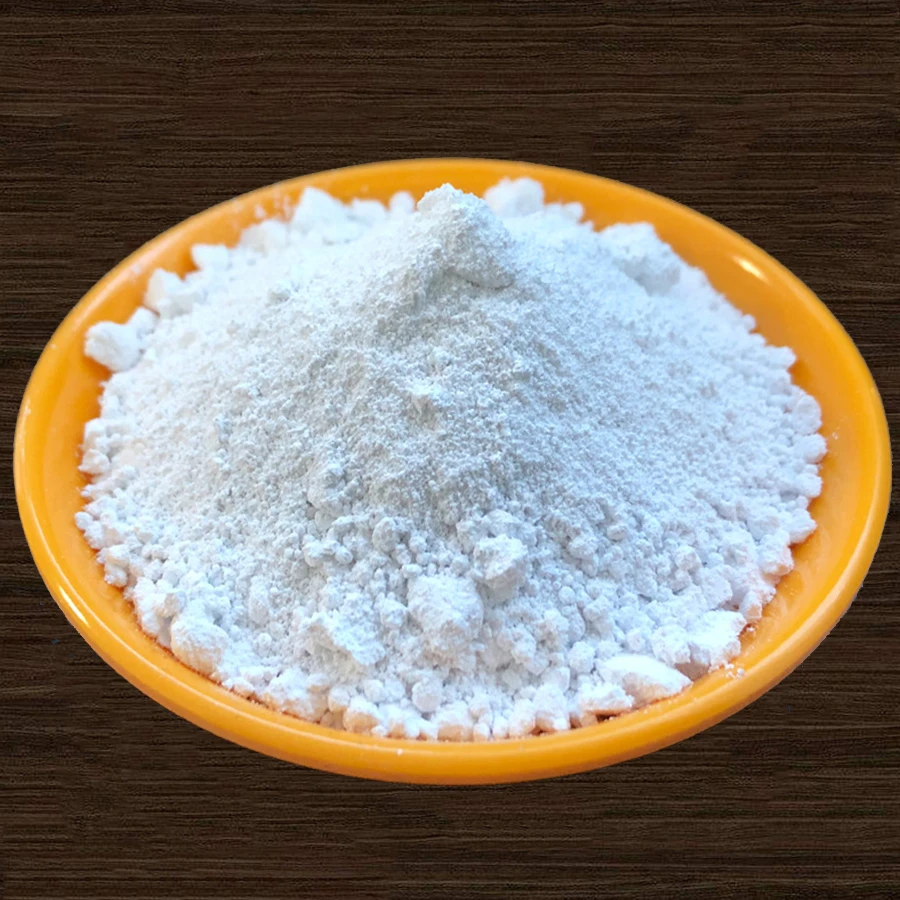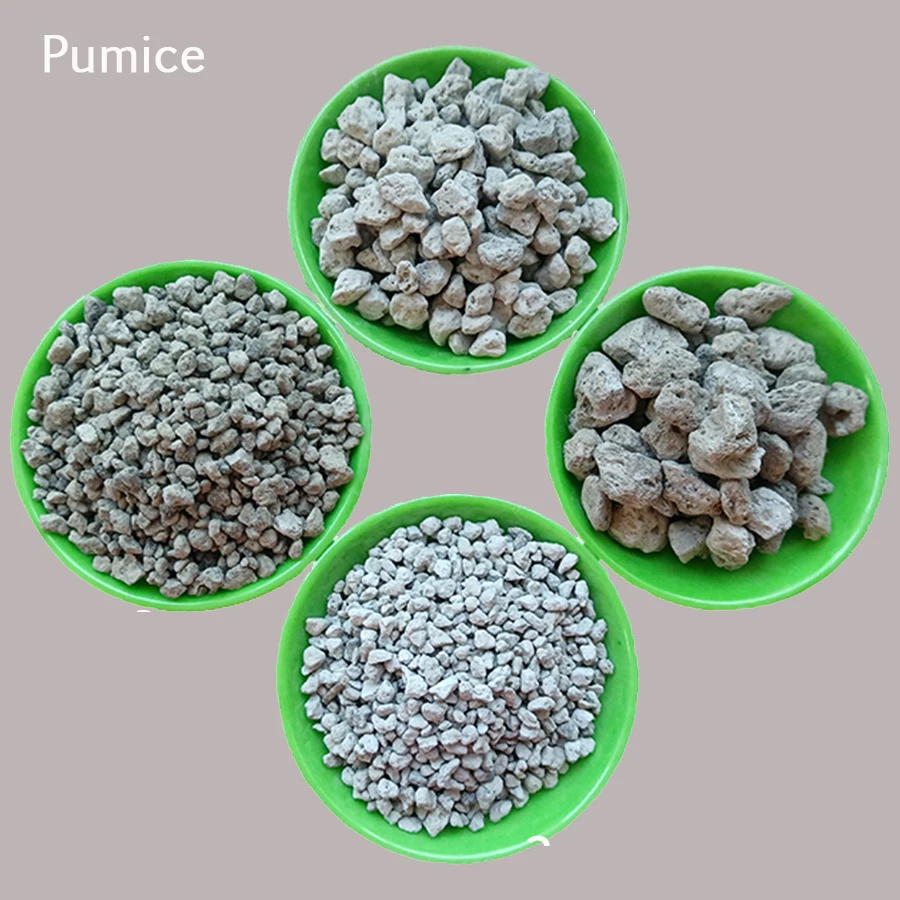
- Châu Phi
- Tiếng Albania
- Tiếng Ả Rập
- người Belarus
- Tiếng Bengal
- Tiếng Séc
- Tiếng Đan Mạch
- Tiếng Hà Lan
- Tiếng Anh
- Phần Lan
- Tiếng Pháp
- Tiếng Galicia
- Tiếng Đức
- Tiếng Hy Lạp
- Tiếng Do Thái
- Tiếng Hungary
- Tiếng Indonesia
- người Ai-len
- Tiếng Ý
- Tiếng Nhật
- Tiếng Java
- tiếng kazakh
- Tiếng Khmer
- người Rwanda
- Hàn Quốc
- Tiếng Kyrgyzstan
- Lao
- Tiếng La-tinh
- Tiếng Latvia
- Tiếng Litva
- Tiếng Mã Lai
- Tiếng Malta
- Mông Cổ
- Miến Điện
- Tiếng Na Uy
- Tiếng Ba Tư
- Đánh bóng
- Tiếng Bồ Đào Nha
- Tiếng Rumani
- Tiếng Nga
- Tiếng Serbia
- Tiếng Slovak
- Tiếng Tây Ban Nha
- Tiếng Thụy Điển
- Tiếng Tagalog
- Thái Lan
- Thổ Nhĩ Kỳ
- Tiếng Ukraina
- Tiếng Việt
- Tiếng Wales
From gardening to personal care, pumice stone has become an essential tool in various applications. Whether you're looking for pumice wholesale options for large-scale use or a foot pumice stone for skincare, this naturally occurring volcanic rock offers numerous benefits. Understanding how to properly utilize these materials—including foot pumice stone how to use techniques—can help you maximize their effectiveness.
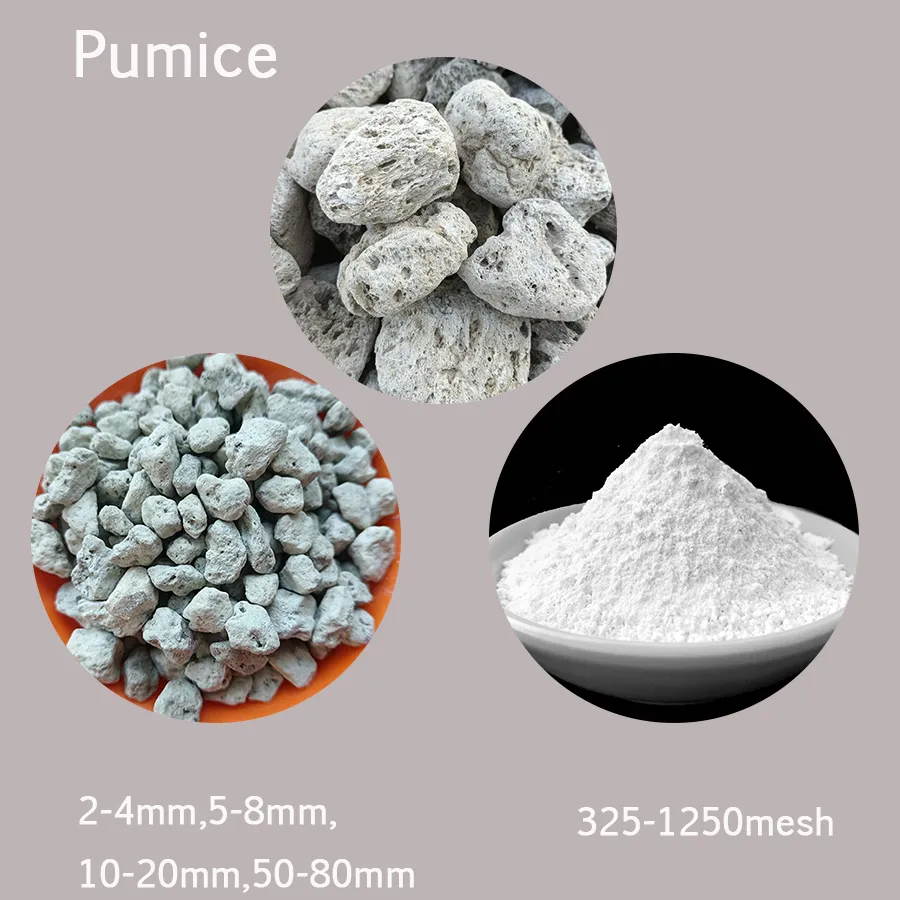
Exploring the Natural Properties of Pumice Stone
Pumice stone is formed from rapidly cooling lava, resulting in a lightweight, porous material. Its abrasive texture makes it ideal for exfoliation, while its ability to retain moisture and improve soil aeration makes it valuable in horticulture. When purchasing pumice wholesale, it's important to consider the grade and density, as these factors determine its best applications. Whether used in gardening, construction, or personal care, pumice stone remains a versatile and sustainable choice.
The Benefits of Using a Foot Pumice Stone
A foot pumice stone is an excellent tool for removing dead skin and calluses, leaving feet smooth and refreshed. Unlike synthetic exfoliators, a natural foot pumice stone is gentle yet effective, making it suitable for regular use. Soaking the feet beforehand softens the skin, allowing the foot pumice stone to work more efficiently. Regular use helps prevent cracked heels and maintains healthy skin, making it a must-have in personal care routines.
How to Properly Use a Foot Pumice Stone for Best Results
Understanding foot pumice stone how to use techniques ensures safe and effective exfoliation. Begin by soaking the feet in warm water for several minutes to soften the skin. Gently glide the foot pumice stone in circular motions, focusing on rough areas without applying excessive pressure. Rinse the feet afterward and apply moisturizer to keep the skin hydrated. Proper care of the foot pumice stone—such as cleaning and drying it after each use—extends its lifespan and maintains hygiene.
Practical Applications of Pumice Wholesale in Various Industries
Purchasing pumice wholesale is a cost-effective solution for industries ranging from horticulture to cosmetics. In gardening, pumice stone improves soil drainage and prevents compaction, promoting healthier plant growth. In construction, lightweight pumice is used as an aggregate in concrete. The beauty industry also utilizes finely ground pumice in exfoliating scrubs. Whether for personal or commercial use, pumice wholesale provides an economical and sustainable material for diverse needs.

Frequently Asked Questions About Pumice Stone
What makes pumice stone different from other exfoliating tools?
Pumice stone is a natural, porous volcanic rock that provides gentle yet effective exfoliation without synthetic additives.Volcanic pumice is the most natural and widely used type. Formed from explosive volcanic activity, it contains countless tiny air bubbles that make it exceptionally light and absorbent. This type of pumice is ideal for soil conditioning, lightweight construction materials, and polishing compounds. Industries value volcanic pumice for its eco-friendliness and cost-effectiveness.
Can a foot pumice stone be used on other parts of the body?
While primarily designed for feet, a foot pumice stone can be used on rough areas like elbows and knees with light pressure.
How often should a foot pumice stone be replaced?
A foot pumice stone should be replaced once it becomes overly smooth or develops cracks, typically after several months of use.
Is pumice stone environmentally friendly?
Yes, pumice stone is a natural, biodegradable material, making it an eco-friendly choice for exfoliation and gardening.There are several pumice stone types available on the market, each varying in color, grain size, and density. The most common types include white pumice, red pumice, black pumice, and grey volcanic pumice. Each type has specific characteristics that make it suitable for different industries. For example, white pumice is widely used in horticulture, while red pumice is often chosen for decorative landscaping.
What Influences the Cost of Pumice in Bulk?
One major factor influencing pumice cost is the type of pumice. There are different types of pumice stone, such as white pumice, red pumice, and black pumice, each suited for specific uses. For instance, white pumice is preferred for horticultural applications, while red pumice stone often finds its place in landscaping. Variations in availability and processing methods can affect the overall price.The origin of the pumice stone also plays a key role in its pricing. Natural volcanic pumice sourced from active or historical volcano regions tends to be more affordable in areas close to the source. However, when exported across borders, transport costs and tariffs can impact the pumice stone price significantly.
By incorporating pumice stone into daily routines or large-scale projects, users can benefit from its natural abrasiveness and porosity.Shijiazhuang Baifeng Mining Co.,Ltd is located in the mountainous area of Lingshou County, Shijiazhuang City, Hebei Province--one of the main non-metal mineral production areas in China. The company was founded in 2008, the existing factory area is 5000 square meters, with a total investment of 10 million RMB. The company has 200 employees and 20 R&D quality control personnel. Our main business is mineral processing and sales. Whether opting for a foot pumice stone or purchasing pumice wholesale, this versatile material remains a practical and sustainable solution across multiple industries.
Tin tức liên quan






